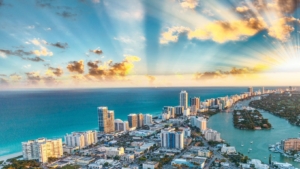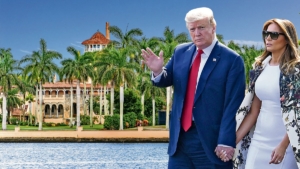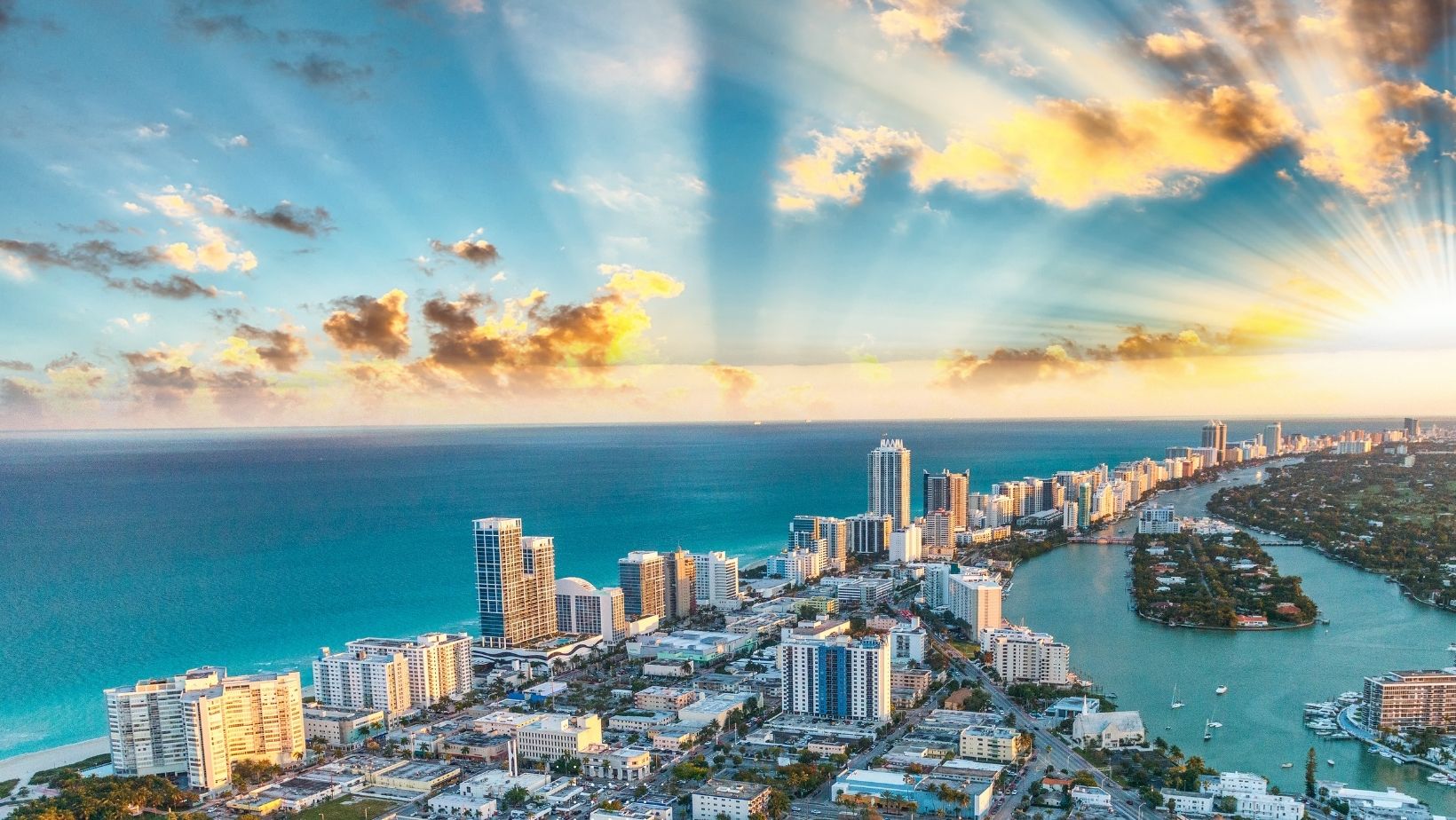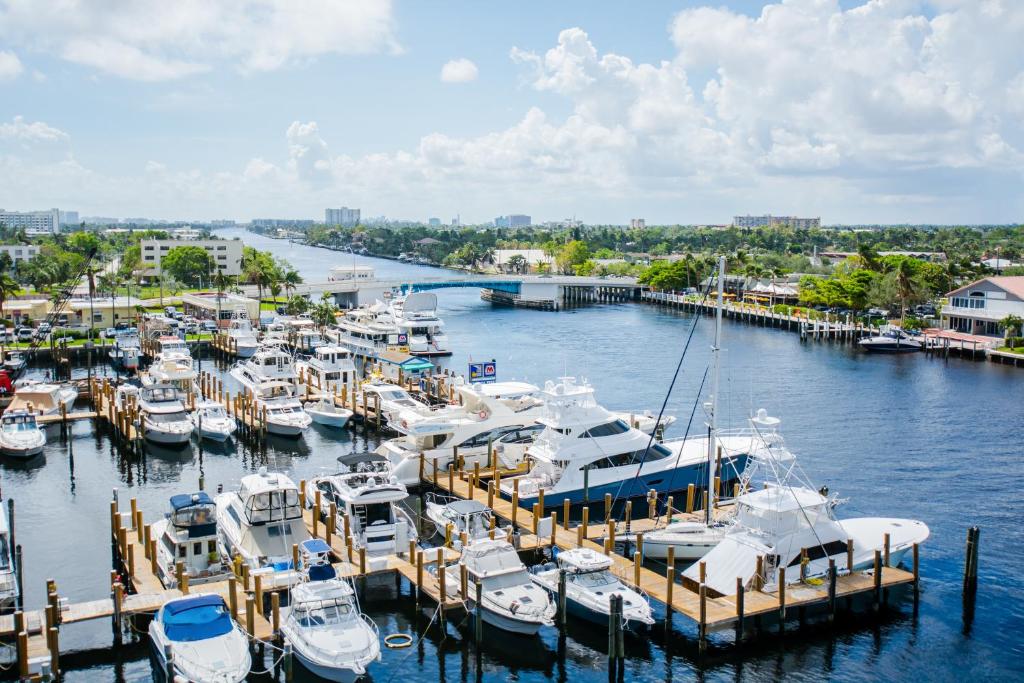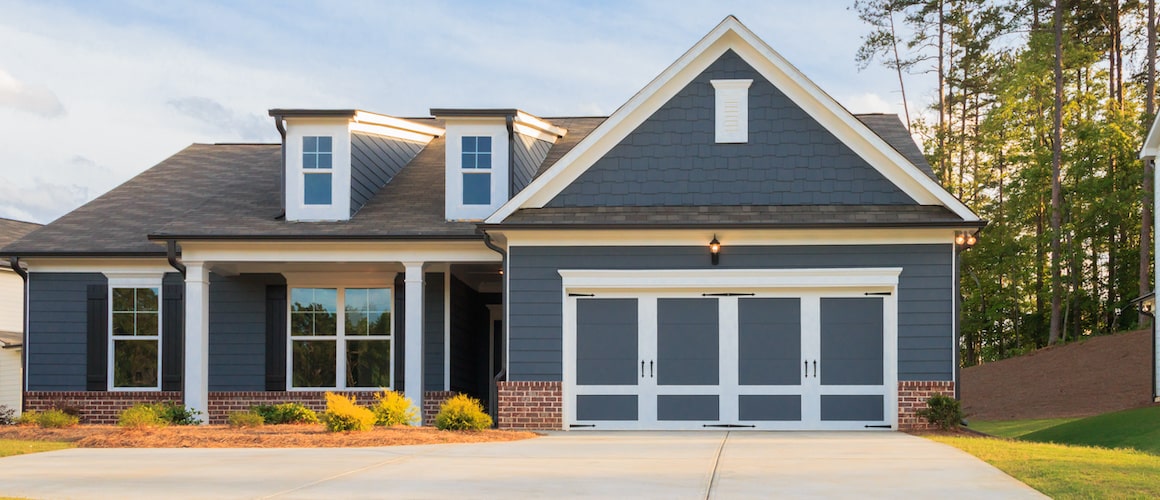Federal Government's $3.3 Million Investment in Mar-a-Lago's Elite Security Perimeter
The intersection of national security and luxury real estate has reached unprecedented heights in Palm Beach, where the federal government is now investing $3.3 million annually in property leases within the exclusive Mar-a-Lago security zone. This substantial financial commitment represents more than just accommodation expenses—it's a strategic investment in presidential security infrastructure that has transformed the local real estate landscape and set new benchmarks for government property expenditures.
The Trump administration's decision to lease three premium properties within this highly secured perimeter has created a unique case study in how federal security requirements intersect with one of America's most expensive real estate markets. These leases are some of the highest price-per-square-foot rents the federal government pays, reflecting both the exclusivity of the location and the premium commanded by properties within the Secret Service's protective umbrella.
The Economics Behind Presidential Security Real Estate
The financial dynamics of securing presidential residences extend far beyond traditional security measures. The three properties currently under federal lease demonstrate how location, proximity, and market conditions converge to create extraordinary rental costs that would be unimaginable in most other contexts.
The most expensive lease involves a 4,800-square-foot residence on Woodbridge Road, commanding $1.4 million annually—equivalent to $120,000 per month. This translates to approximately $292 per square foot annually, a rate that surpasses many commercial real estate markets in major metropolitan areas. The property's owner, Vesna Oelsner, who purchased the five-bedroom home for $1.5 million in 1999, has seen her investment appreciate dramatically, with the current lease representing nearly the entire original purchase price annually.
The second significant lease covers a 4,500-square-foot property at 136 Woodbridge Road, rented for $685,652 per year. What makes this lease particularly notable is its dramatic cost escalation—the federal government paid just $332,840 for the same property last year, representing a 106% increase in rental costs within a single year. This jump illustrates how the combination of market forces and security requirements can drive government expenses to extraordinary levels.
The third property, a 3,700-square-foot residence on Kings Road, commands $1.2 million annually, or $100,000 monthly. The owners, David Taylor and longtime CBS executive producer Milbrey Rennie Taylor, originally purchased this property for $475,000 in 1995, meaning the annual lease now exceeds their original investment by 253%.
Palm Beach's Transformation into America's Premier Security-Adjacent Market
The Mar-a-Lago security zone has evolved into one of the most unique real estate submarkets in the United States, where presidential security considerations have created artificial scarcity and driven values to unprecedented levels. A Palm Beach house near The Mar-a-Lago Club at 142 Via Palma has sold for $16.99 million in the security zone, demonstrating the premium buyers are willing to pay for proximity to presidential operations.
The pandemic fundamentally altered Palm Beach's real estate dynamics, transforming it from an exclusive but seasonal market into a year-round hub for ultra-high-net-worth individuals. The convergence of remote work capabilities, favorable tax policies, and the prestige associated with presidential proximity has created a perfect storm for real estate appreciation. President-elect Donald Trump's Palm Beach neighbors are selling homes on tiny lots at or far above the $18 million value, indicating that the security zone premium extends beyond federal leases to private market transactions.
Since Trump's re-election, the security zone has witnessed remarkable transaction activity. Seven homes have sold within the zone, totaling $118.3 million in deals, with individual properties commanding between $12 million and $27.5 million. This activity represents more than just real estate transactions—it's evidence of a new asset class where security proximity commands premium valuations.
The Federal Procurement Challenge in Ultra-Luxury Markets
The General Services Administration (GSA) faces unprecedented challenges when procuring properties in markets like Palm Beach, where traditional government procurement practices collide with luxury real estate dynamics. Former GSA lease contracting officer Cary Feld emphasizes that proximity requirements can severely limit competitive options, creating situations where the government must negotiate within constrained markets.
The federal procurement process requires market testing and competitive bidding, but the specialized nature of security zone properties creates natural monopolies. Property owners within the security perimeter understand their unique positioning and can command premium rates based on both location and the additional security infrastructure their properties receive as part of the Secret Service's protective measures.
This dynamic has created a new category of government real estate expense where traditional cost-benefit analyses become complicated by national security imperatives. The question isn't simply whether the government is paying market rates, but whether the market itself has been distorted by security requirements and artificial scarcity.
Security Infrastructure Investment and Market Impact
The Secret Service's security zone establishment has fundamentally altered property values and rental potential within the designated area. The security zone will be enforced only President of the United States, members of the First Family, or other persons under the protection of the Secret Service are present or expected to be present at the Mar-a-Lago Club, creating periodic but significant disruptions to normal neighborhood access.
Properties within the security zone benefit from enhanced security infrastructure, restricted access controls, and the prestige associated with presidential proximity. These factors combine to create a unique value proposition that justifies premium pricing for both lease and purchase transactions. Real estate agents report that buyers specifically request properties within the security zone, viewing the Secret Service presence as both a security enhancement and a status symbol.
The infrastructure investment extends beyond the immediate security measures. The security contracts for Trump's residence were described as "Mar a Lago perimeter assets" and the contract performance period is until April 23, 2025, indicating ongoing federal investment in the area's security infrastructure that indirectly benefits all property owners within the zone.
Long-term Implications for Government Real Estate Strategy
The Mar-a-Lago security zone leases represent a broader trend in how presidential security requirements interact with luxury real estate markets. As wealth concentration increases in specific geographic areas, the government may find itself regularly operating in ultra-high-cost markets where traditional procurement approaches prove inadequate.
The current lease structure raises questions about long-term cost efficiency and alternative strategies. The federal government could potentially consider property purchases in security-sensitive areas, though this would require significant upfront capital investment and ongoing maintenance responsibilities. Alternatively, the government might explore partnership arrangements or long-term lease agreements that could provide more cost predictability.
The implications extend beyond immediate security needs to broader questions about how government operations adapt to changing economic and social landscapes. As America's wealthy increasingly concentrate in specific geographic areas, federal security requirements may regularly intersect with luxury markets, creating ongoing challenges for cost-effective government operations.
Insights: Understanding the Mar-a-Lago Security Zone Phenomenon
How does the security zone affect property values in the area?
Properties within the Mar-a-Lago security zone command significant premiums due to enhanced security infrastructure, restricted access, and prestige associated with presidential proximity. Recent sales data shows properties selling for $12-27.5 million, with buyers specifically seeking security zone locations.
Why are federal lease costs so much higher than previous years?
The combination of pandemic-driven real estate appreciation, increased demand for Palm Beach properties, and the artificial scarcity created by security zone restrictions has driven rental costs up dramatically. One property saw a 106% increase in annual rent within a single year.
What alternatives does the government have for security zone properties?
The government could consider purchasing properties for long-term use, negotiating longer-term lease agreements for cost stability, or exploring partnership arrangements. However, proximity requirements and security considerations severely limit available options.
How do security zone leases compare to other government real estate expenses?
These leases represent some of the highest per-square-foot costs in the federal real estate portfolio, reflecting both the luxury market dynamics and the specialized nature of security-adjacent properties.
What impact does presidential presence have on the local real estate market?
Presidential presence creates both opportunities and challenges for local property owners. While values increase significantly, access restrictions and security protocols can disrupt normal neighborhood activities and limit property utility during presidential visits.
Are these lease costs likely to continue increasing?
Given the continued appreciation of luxury real estate markets, concentration of wealth in Palm Beach, and the ongoing security requirements, these costs are likely to remain elevated or continue increasing, particularly if presidential presence in the area becomes more frequent or permanent.



